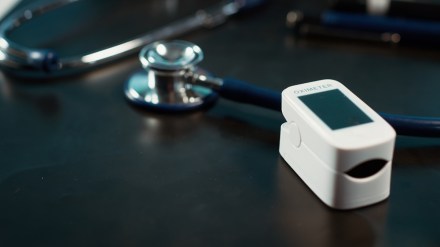The MedTech association AiMeD on Tuesday warned against the possible changes in the goods and services tax (GST) rates, stating that it could impact the competitiveness of domestic device makers. Most medical devices attract a GST of 12% now, whereas the inputs to make those devices are taxed at 18%, causing an inverted duty structure and margin pressure.
AiMeD cautioned that the proposed GST change – to 5% or 18% – present significant risks that require carefully-nuanced consideration. “For equipment, electronics, reagents, and implants, reducing GST to 5% would enhance affordability and market reach. However, applying a 5% rate to low-margin consumables like syringes, catheters and intravenous sets would worsen the inverted duty structure, increasing costs for domestic manufacturers and making imports cheaper,” said Rajiv Nath, forum coordinator, AiMeD.
Instead, the association has suggested that the government should continue to charge 12% GST on a majority of consumables while allowing 5% for high-value equipment.
In FY24, EY had estimated the size of India MedTech market at $12 billion which is projected to reach $50 billion by 2030. India’s global market share is also set to grow from 1.65% to 10-12% over the next 25 years.
AiMeD said the tweaking of GST rates will directly impact patients and consumers. “Raising GST to 18% would increase medical device costs for hospitals and households, while a flat 5% GST without refund reforms may create supply risks by discouraging local production. A calibrated structure is therefore essential to ensure both affordability for consumers and sustainability for Indian manufacturers,” Nath said.
Additionally, the trade body has recommended streamlining of GST refunds and allowing refunds on input services and capital goods to ease cash flow. “Indian manufacturers is already facing about 15% cost disability against imports from China and ASEAN countries. GST policy must support Make in India, not disadvantage it,” he said.
